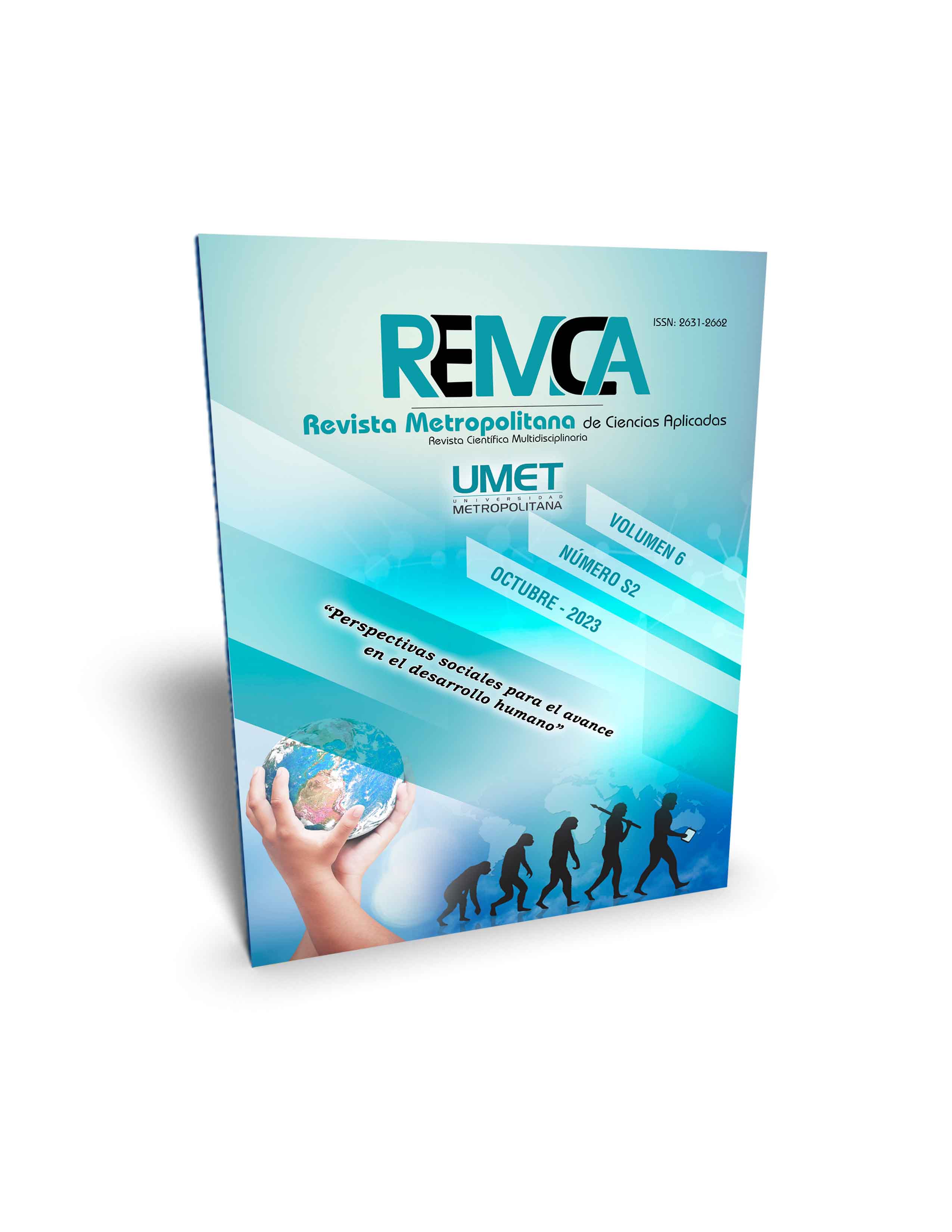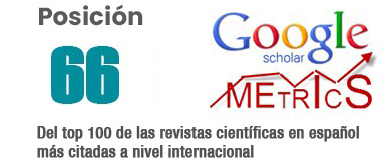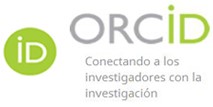Promotion of reading and writing at school through the flipped Classroom Strategy
DOI:
https://doi.org/10.62452/3ppzwn22Keywords:
Didactic technician, secondary school, writing, teaching readingAbstract
This cross-sectional research project addresses the importance of developing reading and writing activities in students of the entire level of basic general education; since the scarcity of these experiences has led to a decrease in writing, communication, analytical and investigative skills in students; Therefore, the Flipped Classroom-ADCA strategy is proposed as a means to approach these activities in a creative way, supported by the use of technological resources. Through a survey with a Likert scale, ten teachers from a particular educational unit in the city of Cuenca are taken as a sample, where it will be developed that 10% of teachers propose reading and creative writing activities; so, the level of their students does not master these skills. Finally, it is expected that teachers can use the Flipped Classroom-ADCA, and thus create spaces for creative and meaningful learning of writing and reading skills.
Downloads
References
Barrera-Rea, E. J., García-Herrera, D. G., Mena-Clerque, S. E., & Erazo-Álvarez, J. C. (2020). Estrategias tecnológicas para fomentar la lectura en niños de 5 a 7 años. Cienciamatria, 6(1), 464–484.
Blanco-Iglesias, E. (2005). La comprensión lectora. Una propuesta didáctica de lectura de un texto literario. Revista Española de Didáctica, 3.
Carrión-Arias, N. (2021). Aula invertida para fortalecer proceso enseñanza-aprendizaje en el área lengua y literatura, Unidad Educativa Julio Jaramillo Laurido, 2021. (Trabajo de Titulación). Universidad César Vallejo.
González-López, M. (2020). Habilidades para desarrollar la lectoescritura en los niños de educación primaria. Estudios En Educación, 3, 45–68.
Montealegre, R., & Forero, L. A. (2006). Desarrollo de la lectoescritura: adquisición y dominio. Acta Colombiana de Psicología, 9(1),25-40.
Murillo-Rojas, M. (2013). El fracaso escolar en primer ciclo de la educación general básica costarricense. Área lectoescritura. Revista Kañina, 37(2), 137–158.
Organización de las Naciones Unidas para la Educación, la Ciencia y la Cultura. (2005). Education for all, Literacy for life. UNESCO. https://unesdoc.unesco.org/ark:/48223/pf0000141639
Paz, M., & Manzano, A. (2021). Diseño de secuencia didáctica de creación de libro álbum para el acercamiento de la lectura y escritura en grado primero de primaria, en el modelo de aula invertida mediada por entornos virtuales. (Tesis de licenciatura). Institución Universitaria Antonio José Camacho.
Rebollar-Sánchez, M., & Sornoza-Macías, P. (2019). Estrategia para el desarrollo de la lectoescritura en niños y niñas de 4 a 5 años, centrada en la unidad de análisis Zona de Desarrollo Próximo de L. S. Vygotsky. Revista San Gregorio, (28), 37–47.
Rodríguez- Chavira, G., & Cortés-Montalvo, J. (2021). Mediación tecnológica en el fomento de la lectura y la escritura en adolescentes. Sinéctica Revista Electrónica de Educación, 56, 1–19.
Ruiz-Klinge, A. (2019). El uso de la escritura en prácticas digitales infantiles: un estado de la cuestión. Infancias Imágenes, 18(2), 295–305.
Sánchez Cauja, J. A., & Torres Ruiz, H. M. (2023). Aprendizaje de lengua y literatura: importancia del aula inversa. Ciencia Latina Revista Científica Multidisciplinar, 6(6), 12630-12647.
Downloads
Published
Issue
Section
License
Copyright (c) 2023 Angélica Paola Atancuri-Quizhpe, Robert Iván Álvarez-Ochoa, Ernesto Andrés Hermann-Acosta (Autor/a)

This work is licensed under a Creative Commons Attribution-NonCommercial-ShareAlike 4.0 International License.
Authors who publish in Revista Metropolitana de Ciencias Aplicadas (REMCA), agree to the following terms:
1. Copyright
Authors retain unrestricted copyright to their work. Authors grant the journal the right of first publication. To this end, they assign the journal non-exclusive exploitation rights (reproduction, distribution, public communication, and transformation). Authors may enter into additional agreements for the non-exclusive distribution of the version of the work published in the journal, provided that acknowledgment of its initial publication in this journal is given.
© The authors.
2. License
The articles are published in the journal under the Creative Commons Attribution-NonCommercial-ShareAlike 4.0 International License (CC BY-NC-SA 4.0). The terms can be found at: https://creativecommons.org/licenses/by-nc-sa/4.0/deed.en
This license allows:
- Sharing: Copying and redistributing the material in any medium or format.
- Adapting: Remixing, transforming, and building upon the material.
Under the following terms:
- Attribution: You must give appropriate credit, provide a link to the license, and indicate if any changes were made. You may do this in any reasonable manner, but not in any way that suggests the licensor endorses or sponsors your use.
- NonCommercial: You may not use the material for commercial purposes.
- ShareAlike: If you remix, transform, or build upon the material, you must distribute your creation under the same license as the original work.
There are no additional restrictions. You may not apply legal terms or technological measures that legally restrict others from doing anything the license permits.




